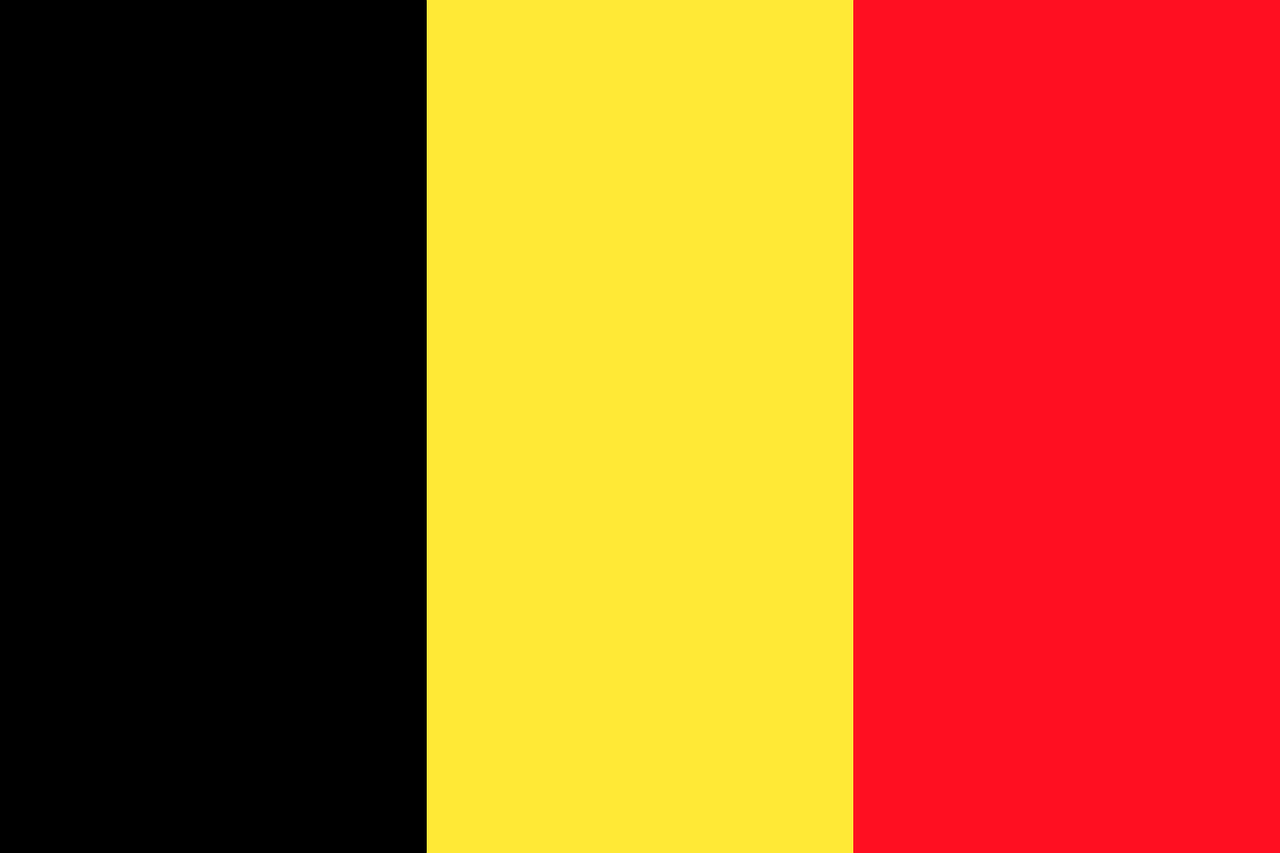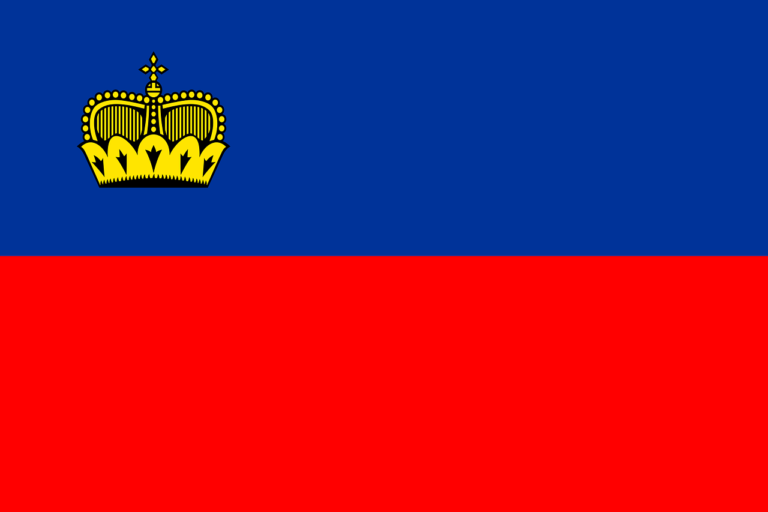Flags hold immense power in symbolizing the values, heritage, and national identity of a country, and the national flag of Belgium, with its striking design of black, yellow, and red, is a testament to the unity and cultural fusion that defines the nation. In this blog post, we will explore the captivating story behind the Belgian national flag, tracing its origins, symbolism, historical significance, and its enduring importance in contemporary Belgium.
Origins and Evolution:
The Belgian national flag, known as “Le Drapeau Tricolore,” features three vertical stripes of black, yellow, and red. Its origins can be traced back to the Belgian Revolution of 1830, when Belgium sought independence from the Netherlands. The flag was influenced by the colors of the Duchy of Brabant, a historical region within Belgium. Over time, the flag’s design solidified into the tricolor we know today.
Symbolism and Meaning:
Each color of the Belgian national flag carries symbolic significance. The black stripe represents determination, strength, and the historical struggle for independence. The yellow stripe represents generosity, light, and the region of Flanders, known for its rich cultural heritage. The red stripe symbolizes courage, passion, and the region of Wallonia, renowned for its industrial prowess.
Historical Significance:
The Belgian national flag represents a pivotal moment in Belgian history—the struggle for independence from Dutch rule. The flag served as a symbol of unity and resistance during the Belgian Revolution of 1830. It marked the establishment of an independent and sovereign Belgium and has been an enduring emblem of the nation’s identity and aspirations ever since.
Contemporary Importance and National Identity:
In present-day Belgium, the national flag holds great importance, serving as a symbol of national unity, diversity, and pride. The flag is prominently displayed during national holidays, such as Belgian National Day on July 21st, and other significant events, including sporting competitions and official ceremonies. The flag represents the shared values, cultural fusion, and cooperative spirit of the Belgian people.
The Belgian national flag plays a crucial role in shaping the national identity of Belgium. It serves as a reminder of the country’s historical struggles and achievements, the spirit of cooperation between linguistic communities, and the commitment to maintaining a diverse and inclusive society. The flag fosters a sense of belonging among the Belgian people, transcending regional differences and promoting national unity.
International Recognition and Influence:
The Belgian national flag is recognized internationally, representing Belgium’s global presence and its role in international affairs. It is proudly displayed at Belgian embassies and consulates worldwide, symbolizing the country’s diplomatic relations and commitment to multilateral cooperation. The flag has also influenced Belgian art, design, and fashion, becoming an iconic symbol of Belgian identity and creativity.
The Belgian national flag, with its distinctive tricolor of black, yellow, and red, represents the unity, cultural fusion, and pride of Belgium. It serves as a powerful symbol of the nation’s history, resilience, and shared values. The flag fosters a sense of belonging and national identity among the Belgian people, connecting linguistic communities and regions together. As Belgium continues to evolve, the national flag will remain an enduring emblem, representing the country’s unique heritage, diversity, and its place on the global stage.





